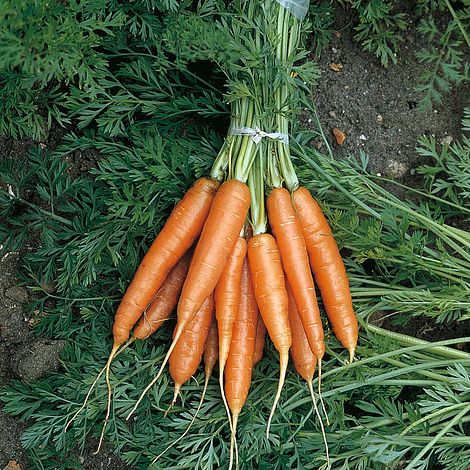
By George Munene
On a 50 by 100 feet plot of land in Kasarani, Francis Milwani and his wife Mary Waithera run a thriving vegetable and fruit farm. Despite living some 9km away in Umoja estate, most days their 9 to 5 is taken up with farm work. From their little plot, the two have everything from kales, strawberries, apple and tamarillo (tree tomato) trees, to lemongrass, pawpaws, amaranth, kunde, managu, mafaki, tomatoes, ginger, spring onions and pumpkins.
Initially, they were telephone farmers, with their farm based in Kisumu. This proved unworkable as the farm’s caretaker was unreliable.
Francis explains: “Fruits such as vanilla demand ritual attentive care and we were unable to provide this thousands of kilometres away.”
In 2018, they shifted their vegetable and strawberry farming operation to Nairobi’s Kasarani area having reached an agreement with the landowner to pay their rent in produce. They provide him with organic fresh farm vegetables and strawberries from the plot.
Related News: Farmbiz competition: Sack farming innovators
Related News:Kabete farmer moves into all-year, organic strawberries through vertical farming
In starting, their main cost was for 300 strawberry seedlings, which they bought at Sh50 per seedling and Sukuma seedlings, which they bought at Sh1,000. Their steadiest source of income thus far has been their 150 kales—they sell at least Sh400-worth every week.
For the strawberries, they harvest about 2kg a week and practice value addition by using them to make jam. This remains wholly for domestic consumption. They have about 500 strawberry plants now, but are working to propagate more of them and increase the quantities they harvest before commercialising this venture.
For planting, they recycle all the materials available to them, which, in an urban setting, is not in short supply. They mainly fill soil in cement bags to grow their sukuma wiki, but they also use various plastic containers as well.
Related News:Fact sheet: how to make a vertical sack garden
For health reasons, they have eschewed using chemicals and farm purely organic produce. With this comes the challenge of pests, which they have researched and devised ingenious ways of tackling. They treat their soil with ash to ward off aphids and ants. To combat whiteflies, aphids and slugs they use a mixture of garlic, ginger and chillies pounded and mixed in water that they spray onto their kales and fruit trees. They have also learnt that slugs prefer red ripe strawberries so they harvest them just before they ripen entirely.
In fact, slugs are an abiding problem for the couple and they still lose output to them constantly. But most other challenges they have succeeded in surmounting. For manure purposes, they use a compost of kitchen remains. They have also built a temporary makeshift tank made of wood posts, iron sheet and tent material to store borehole water that they buy from tankers.
Francis and his wife are both part-time artists as well as farmers and are working to have 2-3 acres of farmland in both Kisumu and Nyahururu under apple and tamarillo trees.
Write comment (0 Comments)



 By John Matava
By John Matava











